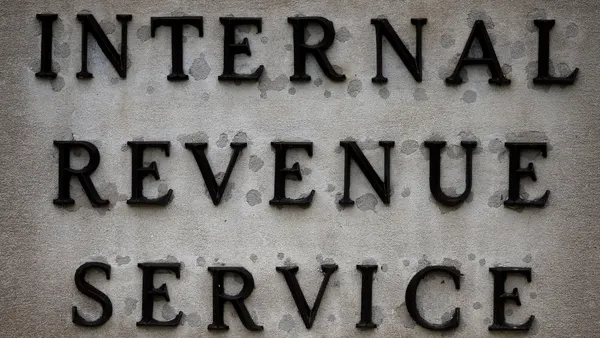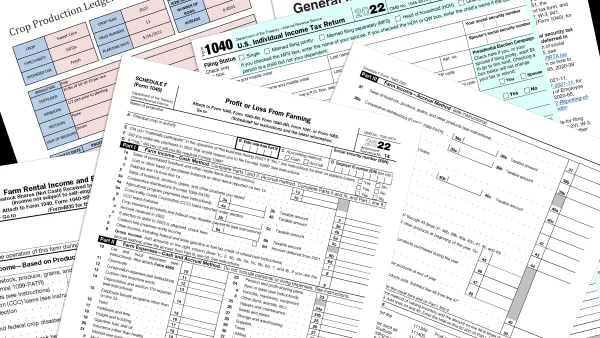The environment for raising capital, both for startups trying to attract venture investment and later-stage companies thinking about a public or private exit, remains extremely good, KPMG Partner Conor Moore says.
Funds continue to sit on large amounts of dry powder and their investment interests are wide-ranging, from biotech to gaming to aerospace to delivery services. There’s also growing interest in the electric vehicle (EV) space, including for battery charging companies, and in the auto industry more generally.
“People’s behavior with respect to their cars post-pandemic will be different given most of our cars have sat in our driveways for the last 18 months,” Moore said in a podcast on KPMG’s second quarter venture capital update. “People also are thinking more about the environment, etc., so the EV charging stuff makes sense why it is what it is, and I would expect that to continue.”
Capitalization options
Fundraising continued to surge, with 338 funds in the U.S. attracting more than $74 billion in the second quarter, putting it on track to easily outstrip the $81 billion that was raised in 2020, itself a record year.

Nor is there any sign the pace will slow, Moore said; corporate investors see the venture market as a way to gain a competitive advantage in their markets more quickly than investing in research and development, and institutional investors continue to look for a place to park the large amounts of money they’re sitting on.
The flush environment gives companies the opportunity to choose the capital path that works best for them, whether it's staying private to optimize value or taking advantage of the growing optionality in the IPO market.
“It’s pretty spectacular in terms of the number of companies going public and the dollar value of these exits,” said Moore. “No matter what stage you’re at, there’s an IPO format that suits you.”
In addition to traditional IPOs, Moore said, more companies are having success with direct listings now that they can bring in new investment and not just provide an exit to existing investors, and the boom in special purpose acquisition companies (SPACs) is expected to continue despite the accounting concerns raised earlier this year by the Securities and Exchange Commission.
“That accounting issue has kind of worked its way through the system and while it might have delayed some offerings, I don’t think it actually eliminated or took anything off the table,” he said.
Even if it didn’t derail SPACs, the red flag the SEC raised will have the effect of making investors and companies smarter about going down that path.
“There was a view that going public via SPACs was a significantly faster, less onerous, cheaper route than a traditional IPO,” he said. ”In most cases, people have figured out that’s likely not the case. You still have to build the rigor and muscle memory of that company so they can function effectively as a public company. People are realizing that it takes exactly the same length as going down a traditional IPO path. So, SPACs will continue, but that explains why we’re seeing fewer this quarter than last quarter.”
Bottom line, the buoyant market for capital, both private and public, is expected to continue at least through the end of the year, giving companies a range of options as they plan their capitalization strategy.












